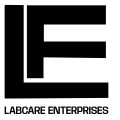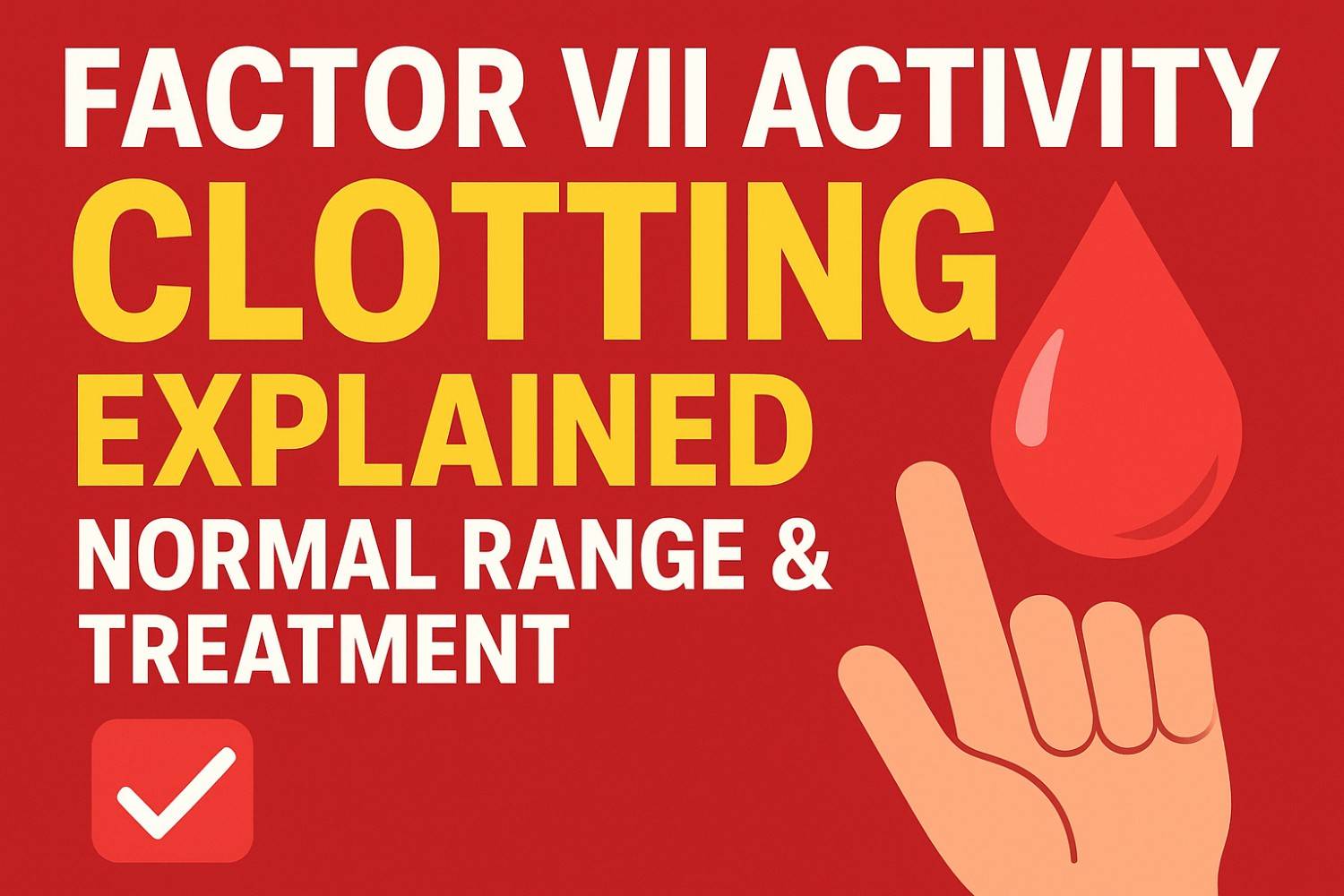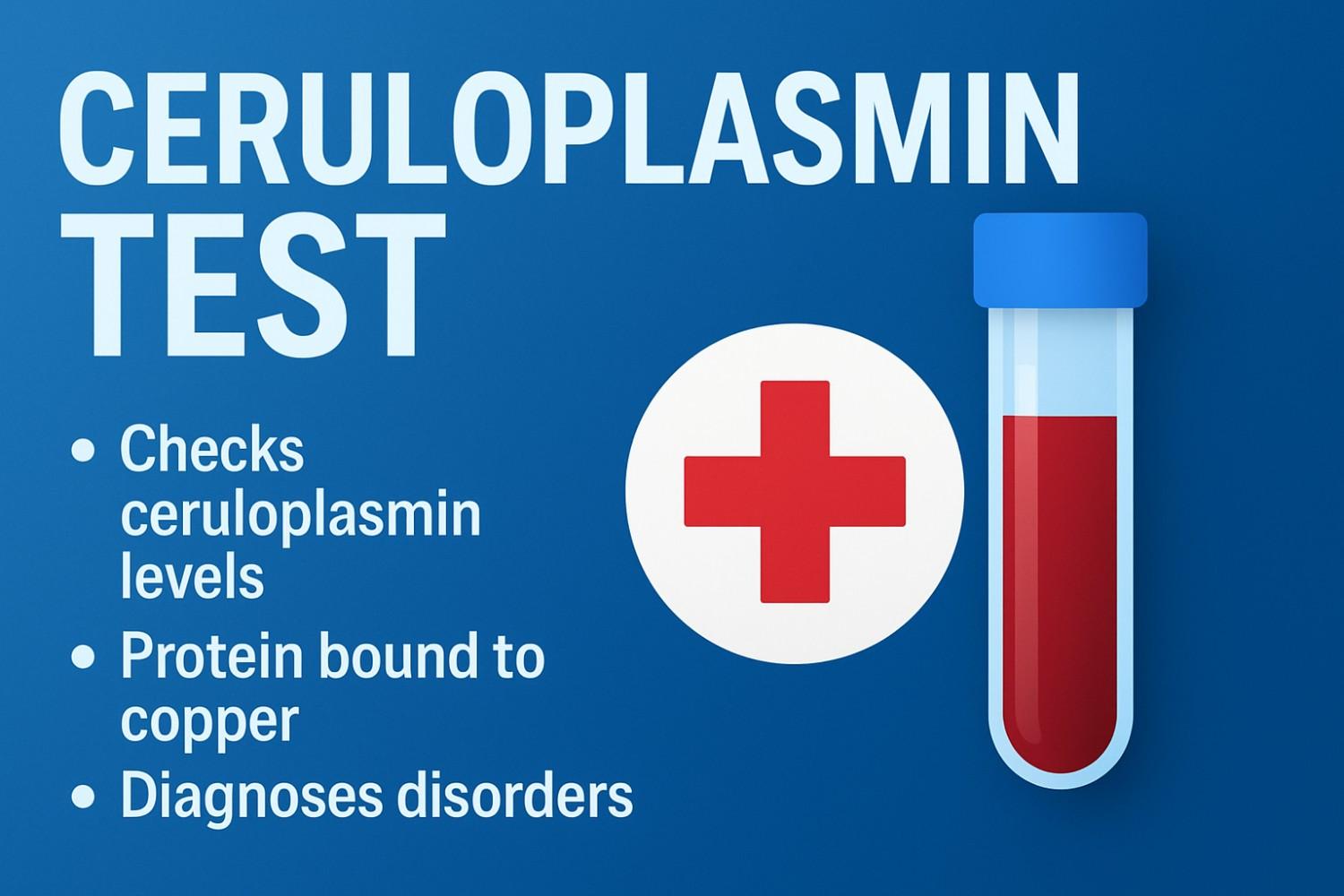
The Widal test is a serological technique that diagnoses typhoid fever and other Salmonella infections.It finds antibodies against Salmonella typhiod and Salmonella paratyphi’s O (somatic) and H (flagellar) antigens. The Widal test remains widely used in areas with limited access to advanced diagnostic tools, despite its limitations.
This blog will cover the test’s theory, requirements, procedure, interpretation, and limitations in detail.
The Widal Test’s Basic:
The antigen-antibody reaction serves as the foundation for the Widal test. A person’s immune system creates particular antibodies against the O and H antigens when they have a Salmonella infection. These antigens are combined with the patient’s serum for the test. A positive result is shown by observable agglutination, or clumping, if antibodies are present.
Required Materials and Reagents
In order to carry out the Widal test process, you will require:
- Serum of the patient (blood sample obtained and centrifuged)
- Widal test antigens (S. typhi and S. paratyphi A & B O and H antigens)
- As a diluent, use regular saline (0.9% NaCl).
- Glass slides or test tubes (for tube or slide method)
- Droppers and pipettes
- Centrifuge (to separate serum)
- Water bath or incubator (for tube technique)
Step-by-Step Guide to the Widal Test Procedure:
1. Sample Gathering and Preparation
- Fill a sterile tube with five milliliters of venous blood.
- After letting it coagulate, separate the serum by centrifuging.
2. Quantitative Test (Tube Method)
The tube approach yields titer data and is more accurate.
Step 1: Making a Dilution
- Using regular saline, make serial dilutions of the patient’s serum (1:20, 1:40, 1:80, 1:160, etc.).
Step 2: Addition of Antigen
- Each serum dilution should contain a predetermined quantity of O and H antigens.
Step 3: The third step is incubation.
- For 16 to 24 hours, incubate the tubes at 37°C.
Step 4: Observation
- Look for obvious clumping, or agglutination.
- The titer value is the maximum dilution at which agglutination occurs.
3. The Rapid Screening Slide Method
Though less quantitative, the slide method is quicker.
Step 1: Mixing the serum and antigen
- On a slide, put a drop of undiluted serum.
- Drops of the O and H antigens should be added individually.
Step 2: Observation and Mixing
- For one to two minutes, rock the slide while gently mixing.
- Check for obvious clumping (a good outcome).
Interpretation of the Results of the Widal Test Procedure
- Positive Outcome: Agglutination is a sign that antibodies are present.
- Negative Outcome: Absence of agglutination indicates the absence of detectable antibodies.
Titer Importance:
- A titer of O antigen ≥ 1:80 indicates a current infection.
- A H antigen titer of ≥ 1:160 suggests a history of immunization or infection.
The Widal Test Cross-Reactivity Limitations:
- Vaccines or other diseases may provide false positive results.
- Variable threshold values: The baseline antibody levels in various locations may vary.
- Delayed antibody response: False negative results can occur from infections in their early stages.
- Unconfirmatory: For a conclusive diagnosis, blood culture or PCR should be used.
Widal Test Procedure FAQs
Q1: What is the duration of the Widal test?
- The tube method needs to be incubated overnight, but the slide approach takes two to five minutes.
Q2: Can false positive results be obtained from the Widal test?
- Yes, as a result of cross-reacting illnesses or prior vaccines.
Q3: Which substitute for the Widal test is the best?
- More accurate diagnostics include PCR-based or blood culture (gold standard).
Medical personnel can efficiently screen for typhoid fever and guarantee prompt treatment by adhering to the proper Widal test protocol




